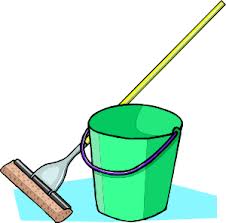It’s a Monday and I’m a little behind on household chores. OK, a LOT behind. But it gets me thinking about writing and how cleaning relates. When you return to a draft that’s been sitting for a while, you’ll probably spot all sorts of errors, big and little.
Writing Tip for Today: What are some simple ways to clean up a draft with self-editing techniques?
- Read Out Loud. The quickest and surest way to check your writing for errors, flow or logic problems is to read your work out loud. Read to your dog or cat if you can’t find a person. My advice is to forgo spouses and moms, because they either love everything or hate everything you read to them. A mirror works well, too. The passage that sounded brilliant in your head (and looked great on the page–you thought) suddenly shows its flaws as you verbalize the words.
- First Edits–Small or Big? I prefer looking for structural problems before I do line or copy edits. If I end up tossing a scene it won’t matter that it’s perfect in spelling, grammar or flow. BUT: If you are a new writer, maybe you’re just learning editing tricks. If that’s the case, do what ever you can do. Axe “ly” words, repetitions, change passive verbs to active, or wipe away the “ings.” You’ll be surprised at how much cleaner your work reads.
- Layer Your Self-Edits. When you edit, don’t try to do it all at once. Many new writers are disappointed when they complete a round of edits and others point out more changes that need to occur. Think of self-editing as peeling away the layers of an onion. If it helps, concentrate on one area each time, attending to dialogue on one pass, narrative on another, and so on. Good editors are just like good writers: practice makes perfect.






Good advice Linda. Love your heart!
Dear Anon,
Writing is a craft and you can’t learn everything at once. But do what you CAN do and soon you’ll be amazed at how much progress you’ve made. Thanks for your comment. ~Linda